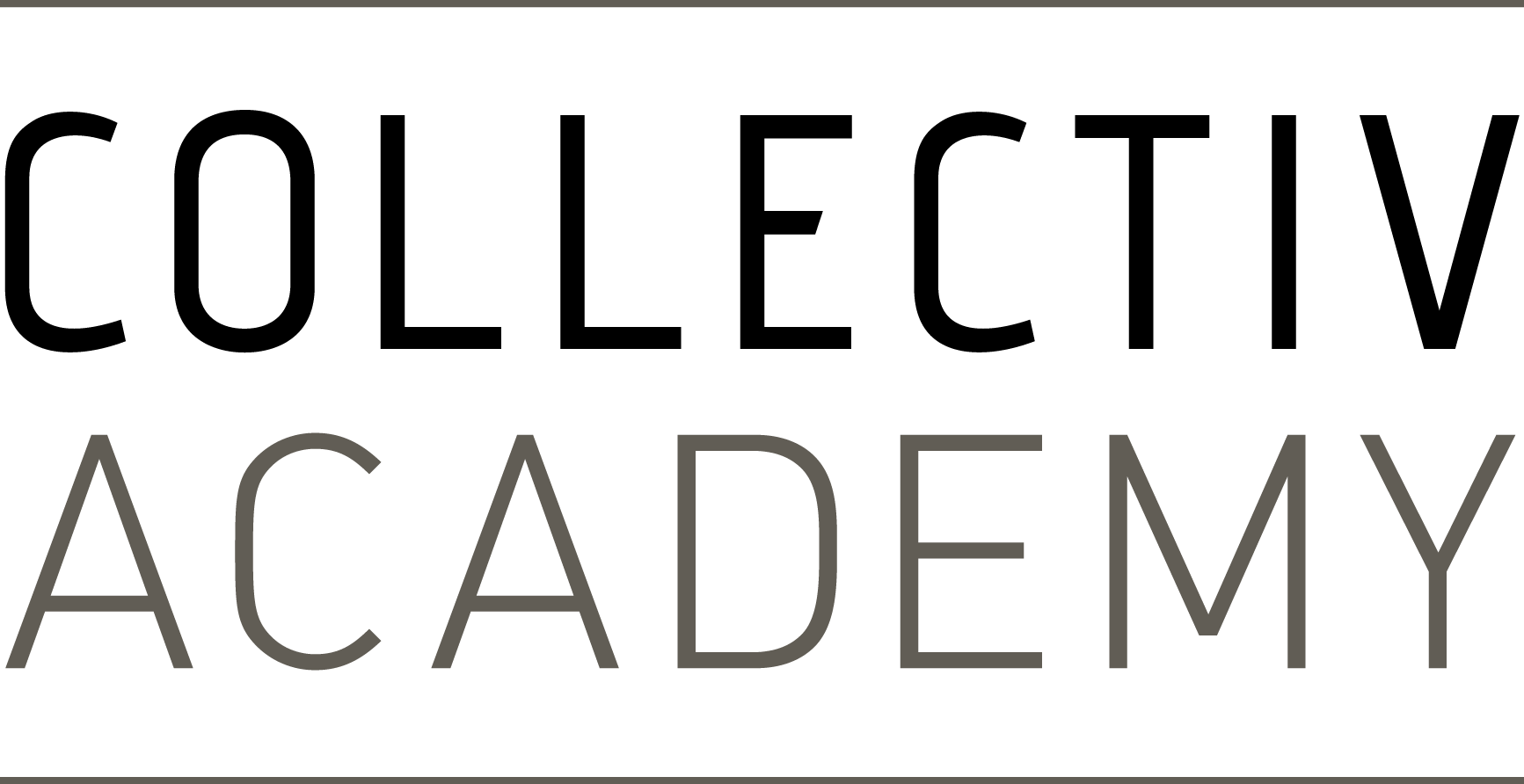April 15, 2017
Proper Shear Maintenance Tips

For any barber, cosmetologist, or stylist, haircutting shears aren’t just tools; they’re an extension of your hands, your art, and your livelihood. A perfectly executed cut can make someone’s day, but even the most talented stylist can’t do their best work with dull, misaligned, or damaged shears.
Your shears represent a significant investment, often costing hundreds of dollars or more for a professional-quality pair. Proper maintenance isn’t just about prolonging their lifespan – it’s about ensuring every client leaves your chair looking their best, every single time. Whether you’re a student building your foundational skills or an experienced pro wanting to refresh your toolkit habits, this guide will walk you through essential steps for keeping your shears sharp, smooth, and salon-ready.
Why Shear Care Matters
Before we jump into practical tips, let’s be clear on why shear maintenance should be one of your top priorities:
- Client Experience: Sharp, well-maintained shears give clean, precise cuts, reducing split ends and discomfort. Dull blades tug or push hair, leaving uneven results.
- Tool Longevity: Routine care extends the life of your shears, delaying costly replacements.
- Professional Reputation: Maintaining your tools reflects your commitment to your craft and reassures clients they’re in skilled, detail-oriented hands.
- Personal Comfort: Properly tuned shears reduce strain on your wrist and fingers, helping prevent long-term injuries like carpal tunnel syndrome.
Handle Your Shears with Care
Treat your shears like a delicate instrument, not a disposable tool. This means:
- No Tossing: Never throw or drop your shears onto counters, stations, or carts. Even minor drops can knock the blades out of alignment or nick the cutting edge.
- Use a Shear Mat or Towel: Place shears on a soft, non-slip surface during cuts to protect them from falls and scratches.
- Keep Them for Hair Only: Never use shears for anything other than cutting hair. Using them on plastic, paper, or other materials can dull the blades quickly.
A single careless moment can compromise the performance of your shears. Remember, prevention is always easier (and cheaper) than repair.
Daily Cleaning & Sanitizing: Go Beyond the Basics
Salons and barbershops are required to follow state and local sanitation rules to protect clients from cross-contamination. But there’s a difference between meeting minimum standards and practicing excellent shear hygiene:
After Every Cut:
- Remove loose hair with a soft brush or dry cloth immediately after finishing each client.
- Disinfect shears using an approved solution, but avoid prolonged soaking. Overexposure to disinfectants like Barbicide can corrode blades or damage delicate screws.
Deep Daily Clean:
At the end of every day, perform a more thorough cleaning:
- Wash shears gently with warm water and mild soap. Avoid harsh detergents.
- Hold the shears slightly open and wipe both blades with a soft cloth, always moving away from the sharp cutting edge.
- Pay close attention to the pivot screw, where hair and debris often accumulate.
- Rinse thoroughly and dry completely with a microfiber towel.
Why Drying Matters:
Leaving moisture on your shears can cause rust, even on stainless steel. Always ensure every part of your shears, especially inside the pivot, is dry before storing them.
Weekly Lubrication: Keep Your Shears Smooth
Friction in your shears doesn’t just make cutting harder – it accelerates wear on the blades. That’s why routine lubrication is crucial:
- Once a week (or more often if you cut hair all day), apply a drop of shear oil at the pivot screw.
- Open and close the shears several times to distribute the oil evenly along the joint.
- Wipe away excess oil with a clean cloth.
Pro Tip: Schedule lubrication on the same day each week (like the last day before your day off) so it becomes a consistent habit.
Proper Tension Adjustment
Many stylists overlook tension adjustment, but it’s just as important as cleaning or sharpening. Shears with too-loose tension will fold or push hair instead of cutting it, while overly tight tension puts unnecessary stress on your hands and blades.
Here’s a quick test:
- Hold your shears with the tips pointing upward and let one blade hang open at a 90-degree angle.
- Lift the blade until it’s fully open, then let go.
- Ideally, the blade should fall about halfway closed – if it snaps shut, tension is too loose; if it doesn’t move, it’s too tight.
Adjust your tension screw as needed. Remember: Always turn the screw in small increments and test again.
Sharpening: When & How
There’s no set rule for how often shears should be sharpened. Frequency depends on how often you use them, the hair types you cut, and your cleaning habits. However, here are some guidelines:
- Signs You Need Sharpening:
- Blades pull or snag hair.
- Cuts feel rough or leave split ends.
- You need to exert extra force while cutting.
- Avoid Oversharpening:
Sharpening too often can wear blades down unnecessarily, reducing shear lifespan. Sharpen only when you notice performance issues. - Choose a Professional Sharpener:
Always send your shears to a specialist experienced in convex or bevel-edged blades (depending on your shears). DIY sharpening kits or untrained services can permanently ruin your investment. - Keep a Backup Pair:
Having a second pair of shears allows you to keep working while your primary shears are out for sharpening.
Storing Your Shears: Protection Between Cuts
Proper storage is just as critical as cleaning:
- Use a Protective Case: Keep your shears in a fitted case or holster with a soft lining to absorb moisture and cushion the blades.
- Avoid Loose Drawers: Don’t store shears loosely with other tools, where they can knock against combs, clips, or metal implements.
- Humidity Control: If you live in a humid area or your salon has moisture issues, consider adding a silica gel packet in your case to keep shears rust-free.
Bonus Tips: Advanced Shear Care for Long-Lasting Performance
- Use a Shear-Specific Cloth: Invest in a microfiber or polishing cloth designed for salon tools. Regular paper towels can leave lint or scratch the blade surface.
- Avoid Alcohol Sprays: While alcohol is a powerful disinfectant, it can dry out pivot lubrication and dull blades faster over time. Use alcohol-free, shear-safe disinfectants when possible.
- Inspect Regularly: Look for chips, nicks, or corrosion under bright light every week. Early detection can prevent bigger problems.
- Know Your Shears’ Steel Type: Different steels require different care. For example, cobalt and VG-10 steel shears stay sharper longer but can be more brittle if dropped. Understanding your tools helps you customize care.
Practicing Shear Maintenance in School
Keeping your shears in top shape is a professional standard, but it’s also a crucial skill you can start practicing from day one of your cosmetology or barbering education. At Collectiv Academy, our cosmetology barber program can give you more than just creative skills – you can learn tool care as part of your Professional Pack, so you can graduate with the habits needed for a career.
In our classrooms, you’ll practice:
- Adjusting tension for different hair types.
- Cleaning and lubricating shears between services.
- Performing regular performance tests.
- Using professional shears confidently on live clients.
By the time you complete your training, you can know how to maintain your investment in high-quality tools, setting you apart as a detail-oriented, professional stylist.
Frequently Asked Questions: Shear Maintenance
Q: Can I sharpen my own shears at home?
A: It’s not recommended. Professional shears require specialized equipment and techniques. Improper sharpening can ruin blade angles, rendering your shears useless.
Q: How often should I replace my shears?
A: With proper care, professional shears can last 5-10 years or more. Replace them if they’re beyond repair, frequently slip out of alignment, or if sharpening no longer restores performance.
Q: What’s the best disinfectant for shears?
A: Use EPA-approved salon disinfectants recommended by your local health board. Avoid prolonged soaking or harsh chemicals.
Q: Should I oil my shears every day?
A: No, weekly lubrication is typically enough. Over-oiling can attract hair and dust, making shears gummy.
Ready to Master the Art of Shear Care?
Your shears deserve the same respect as your skills. By making shear maintenance a regular part of your professional routine, you’ll protect your investment, deliver consistent results for your clients, and enjoy a smoother, more comfortable cutting experience.
If you’re eager to build these essential habits alongside hair techniques, Collectiv Academy’s programs offer hands-on practice and mentorship, which can prepare you for success. Contact us today to get started. We look forward to hearing from you.
